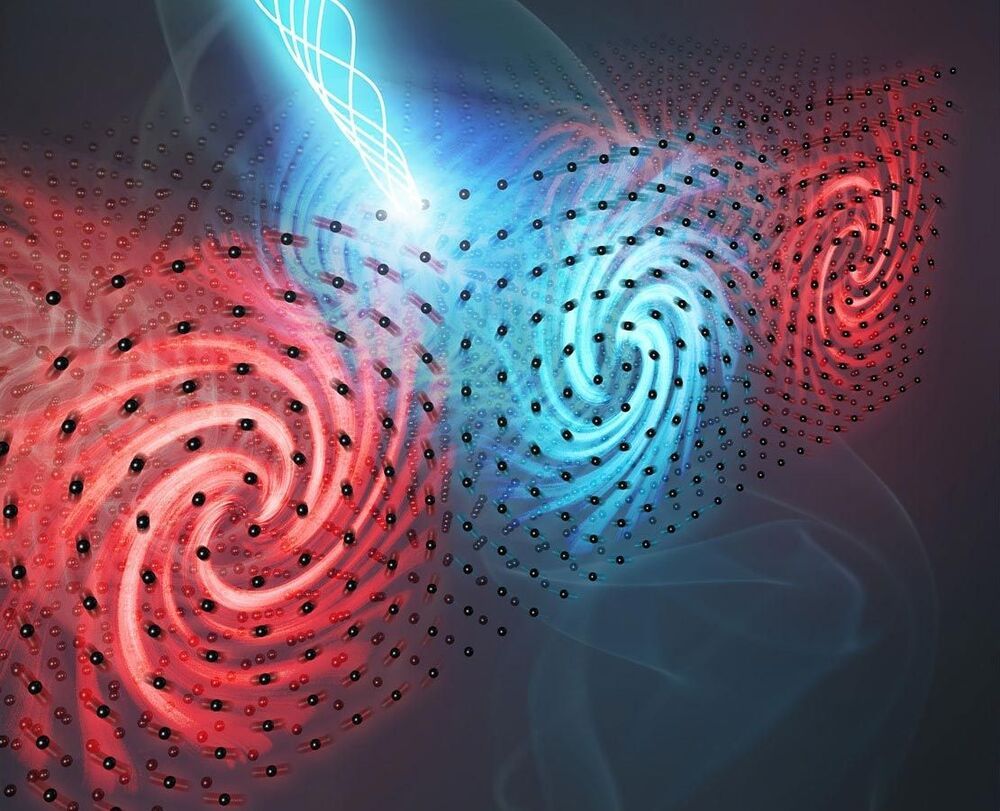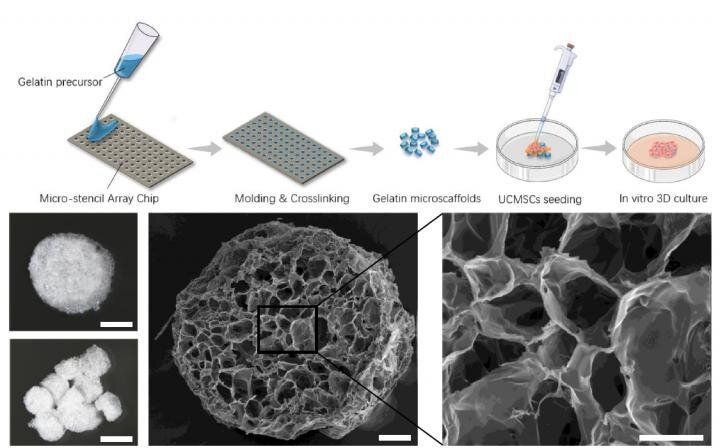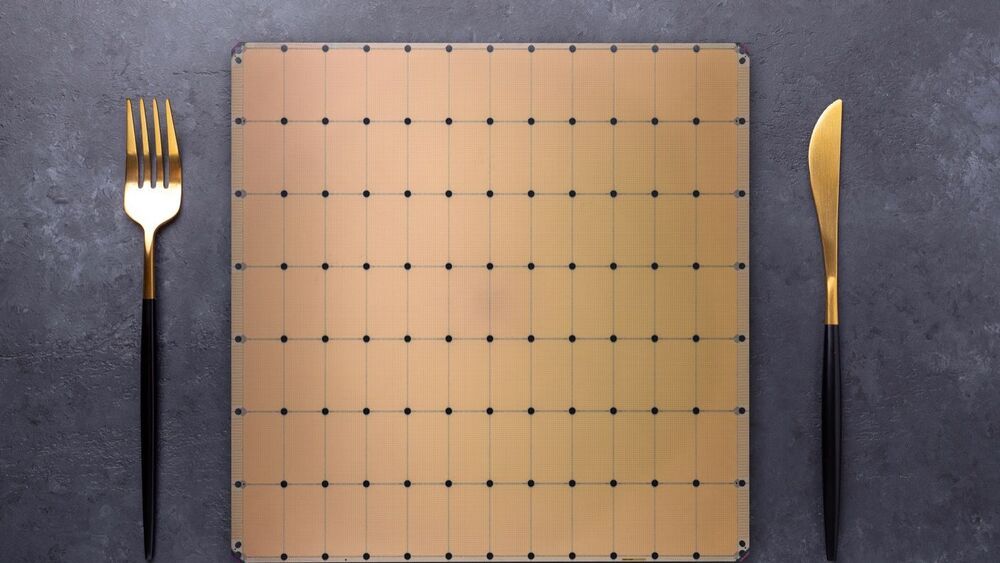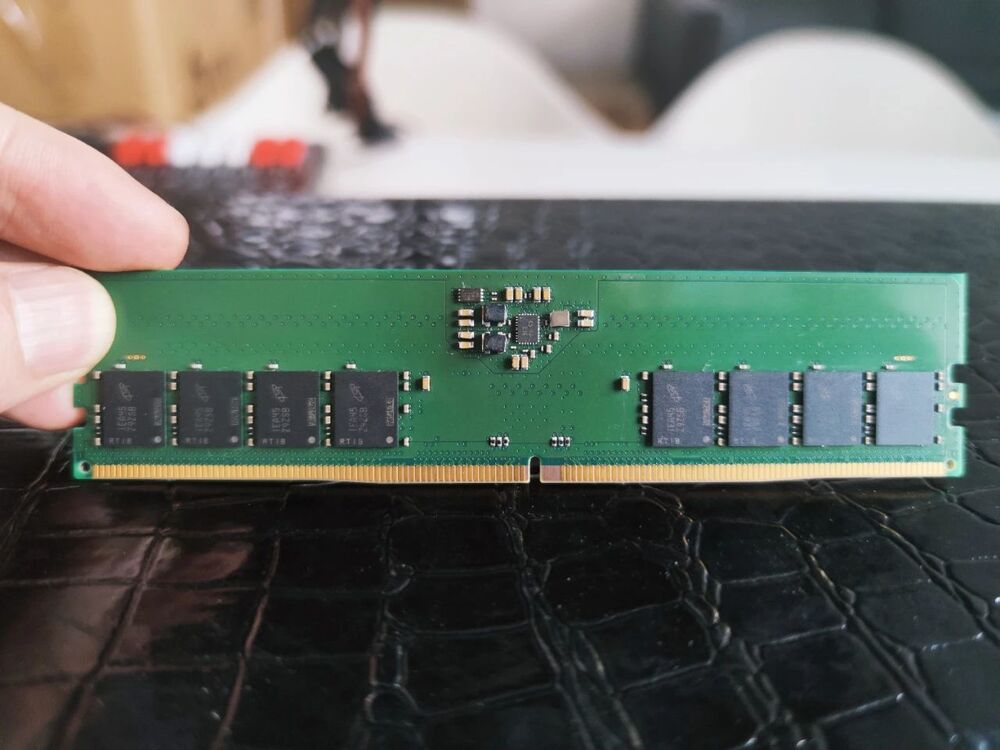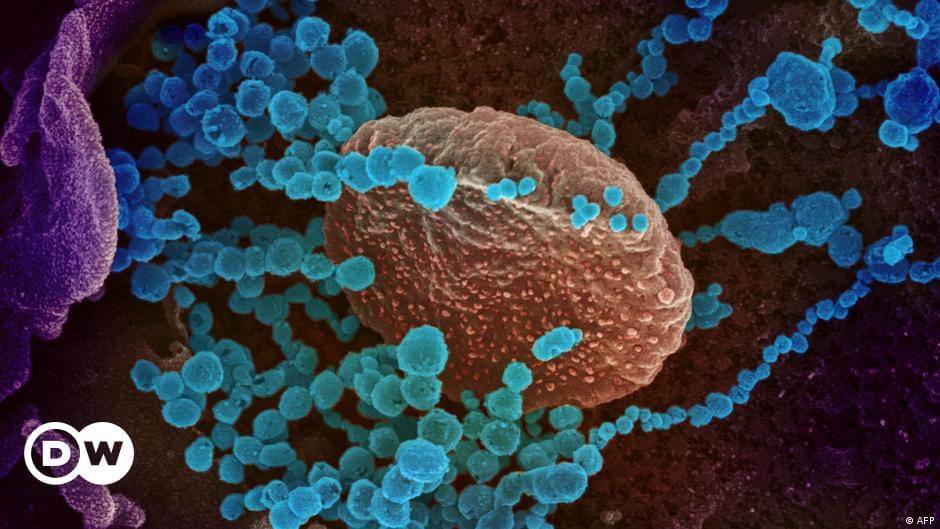Apr 25, 2021
‘Our customers are hardcore’: Vollebak is aiming to be the Tesla of fashion, creating clothes fit for the toughest places on Earth and in space
Posted by Derick Lee in categories: military, space
It’s clothing fit for a post-apocalyptic world, not our own. It’s unsurprising then that the company has found a large following in Silicon Valley, which is known for attracting vast resources and the kinds of people absorbed in questions of where we’re all headed. Many have, after all, bought up the boltholes and bunkers to prove it.
A Vollebak rack would sooner belong in a military surplus warehouse than a high street clothing store.

